Fred Hersch's Return to (Trio) Form
The great pianist outdoes himself with an old/new band
The Surrounding Green is Fred Hersch’s first piano-trio album in seven years—a fact that surprised me when I looked it up, since, in Hersch’s 40-year recording career, nearly half of his albums up until then were trio dates, befitting of his classic-jazz style and repertoire. The six albums between 2017’s Live in Europe (with bassist John Hébert and drummer Eric McPherson) and his latest (with Drew Gress and Joey Baron) have been an eclectic bunch—solos, duets, a string quartet, and a big band—which may explain why The Surrounding Green, his third album on ECM, is his most high-spirited in a while: a return to form, in several senses.
As with many of his albums, this one is a mix of standards and originals, though, where Hersch usually devotes one track to a piece by Monk, here he covers Ornette Coleman (“Law Years”) and Charlie Haden (“First Song”), in any case all with his distinctive blend of lyricism and quiet virtuosity.
Gress and Baron have long played with Hersch—Gress periodically over the years, but Baron not since one of his very early albums, Sarabande (1987), where they were joined by the great bassist Charlie Haden, whose presence marked an implicit and career-boosting endorsement of the then-32-year-old pianist.
Baron has long been one of the most buoyant drummers on the scene; many call him “Smilin’ Joey Baron,” partly because he smiles all the time while slapping the drumkit, partly in reference to “Smilin’ Billy Higgins,” in many ways his chief influence, who also smiled a lot. Also like Higgins (whose breakthrough dates were with Ornette Coleman’s classic quartet), Baron has his roots in the avant-garde, joining up with John Zorn around the same time as Sarabande and playing with Zorn’s Masada Quartet from the mid-‘90s on. Baron’s exuberant polyrhythms are infectious; Gress knows just how to play off them, sometimes in tandem, other times in contrast; and their interplay energizes Hersch, especially on Coleman’s “Law Years” and on an inventive cover of Gershwin’s “Embraceable You,” where the musicians start off with what others might take as the free-ranging improv and move gradually into the melody. (I’m reminded of what Ben Allison, Ted Nash, and Steve Cardenas did with “Tonight” on their Leonard Bernstein cover album, Somewhere Else.)
It's a meditative, joyous album.
Now for the bonus: the sound quality is extraordinary. The piano, a Steinway D, is warm and detailed; you hear the percussiveness of the keys, the bouquet of overtones, and the pedals’ resonances. The bass is properly plucky and wood. And the drumkit! On many piano-trio albums, the drums sound a bit paper-y (perhaps due to phase-cancellation brought on my too many mics); not on this one. The cymbals shimmer, the snare snaps, the tom-toms rumble. And there’s plenty of air around and between all the musicians. The session was recorded at Auditorio Stelio Molo in Lugano, Switzerland, a gorgeous space with a lot of luscious wood (judging from online photos). Hersch tells me that the trio played together on the stage, in the same space—no isolation booths or head phones. You can hear the difference.
As for what else the engineer, Stefano Amerio, did to get this sound will remain a mystery. Manfred Eicher, ECM’s owner and producer, is notoriously secretive about what microphones, mixers, and other techniques he uses; Amerio, perhaps unwilling to arouse Eicher’s ire, didn’t respond to my emailed queries. Amerio’s website mentions his love of vintage microphones and his use, at least sometimes, of analog preamps. The album—at least the vinyl pressing (I haven’t heard the CD)—sounds like there’s an analog stage somewhere along the way. I would also guess he set up only a few microphones, including an overhead or two to capture the room’s natural reverb rather than resorting to artificial sweeteners. But I don’t know.
Anyway, for both the music and the sound, this is a treasure.




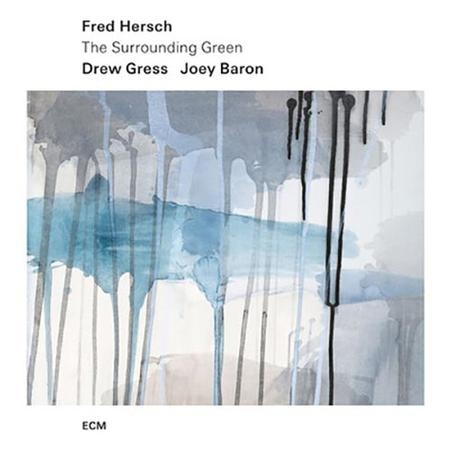





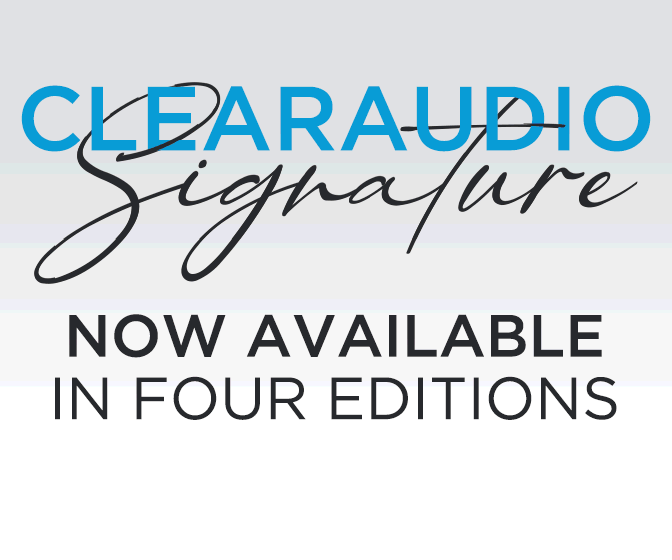

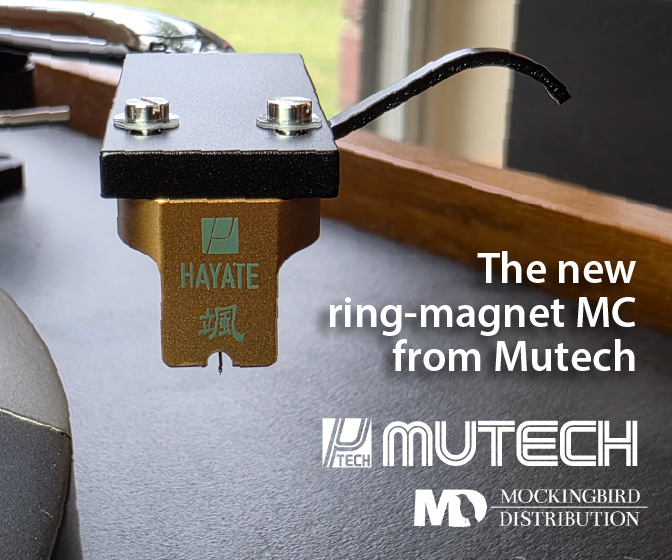
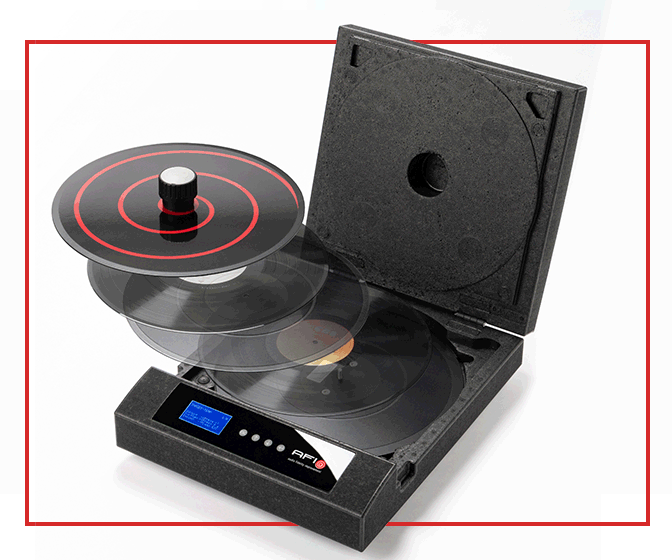

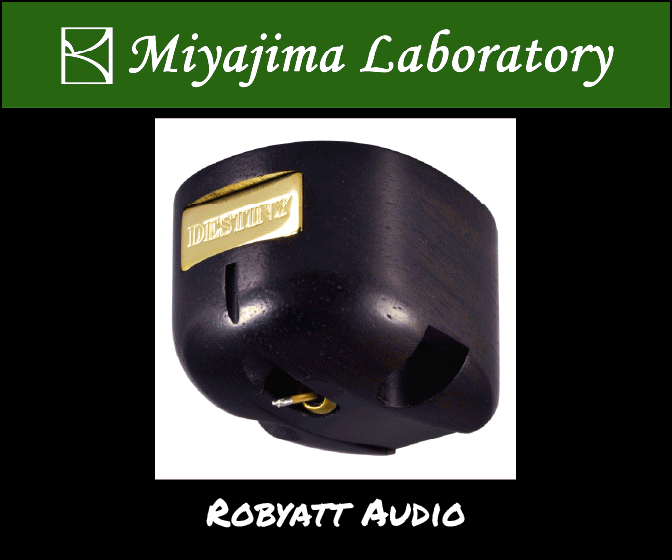
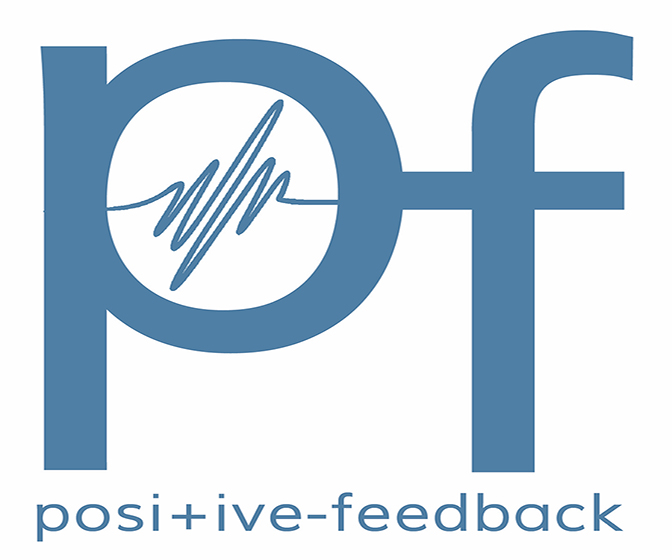




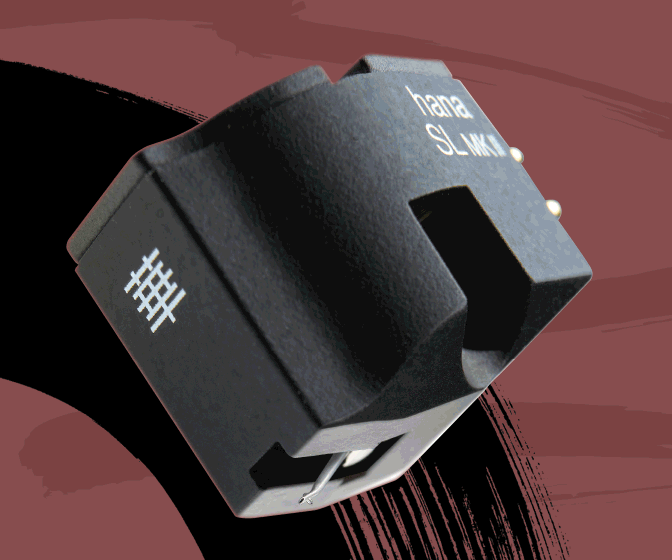

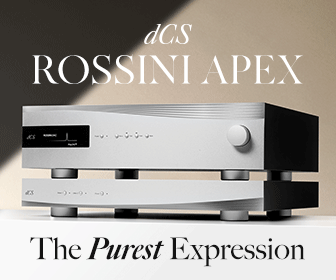
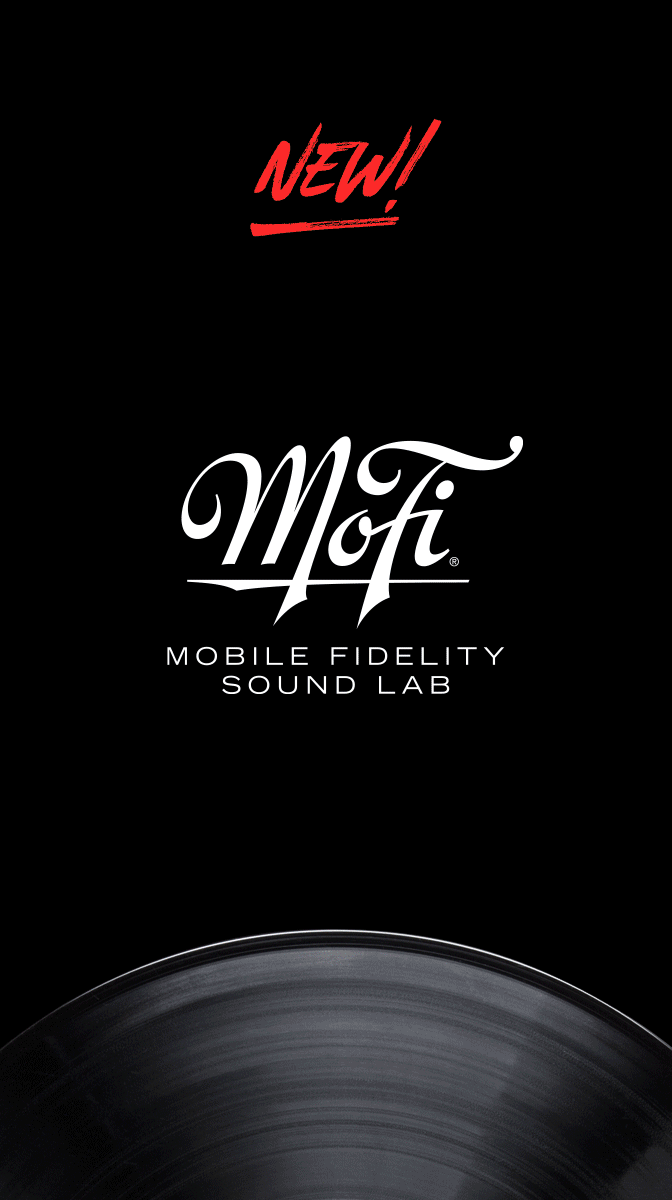

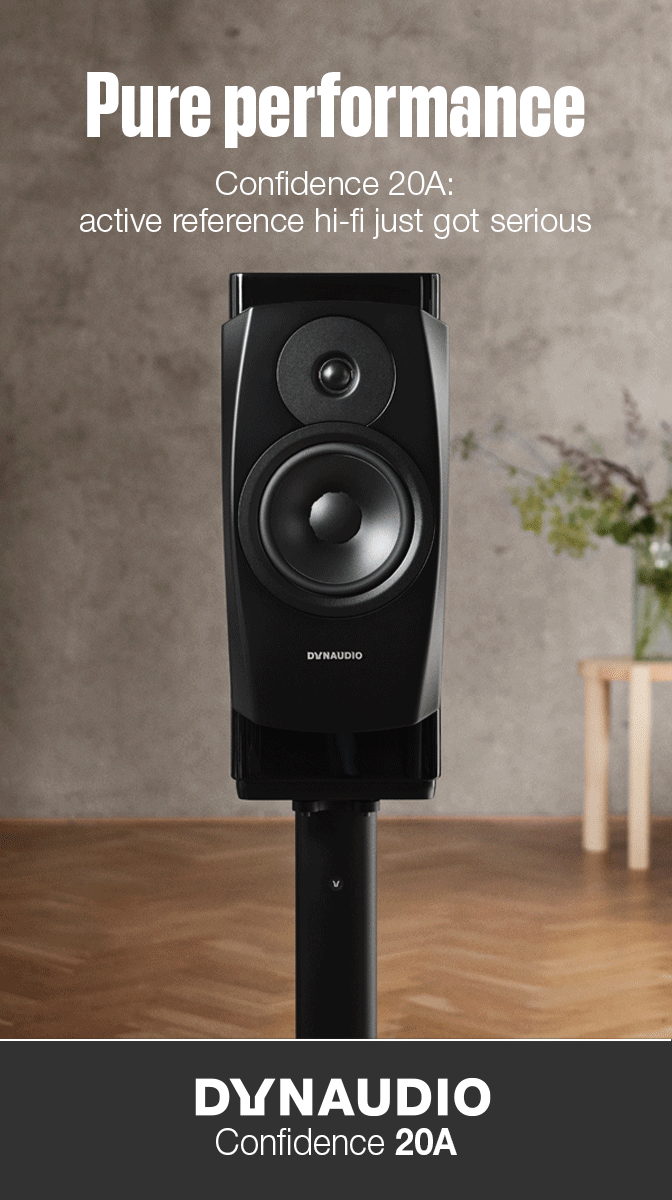

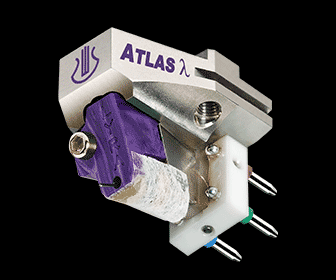

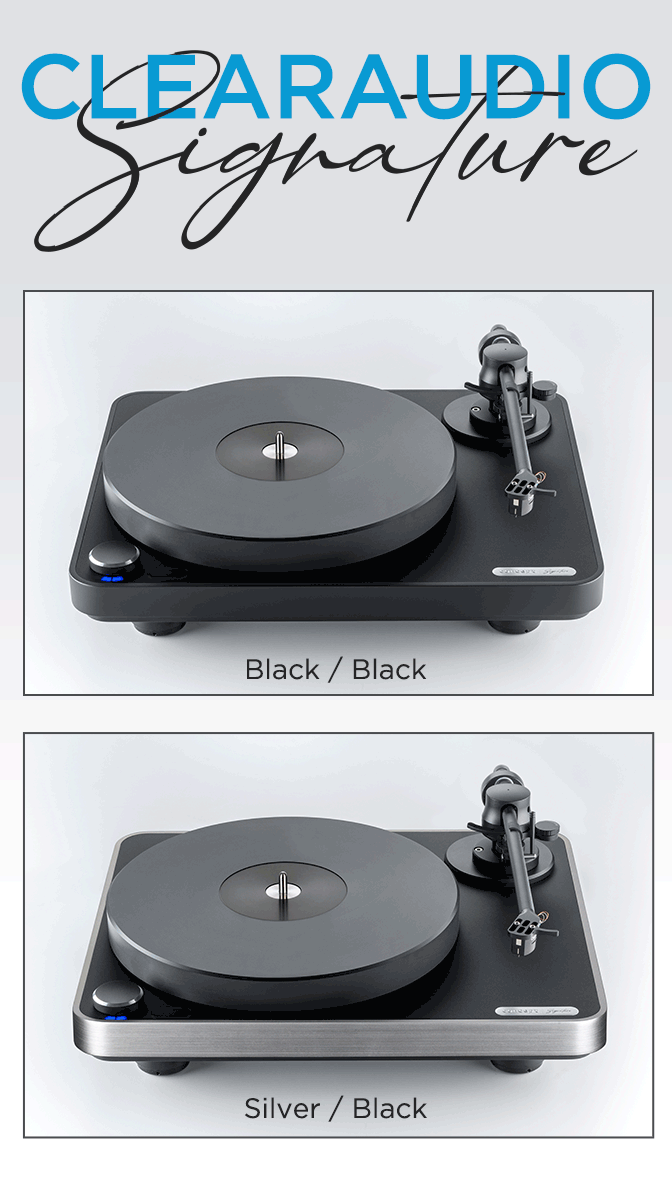


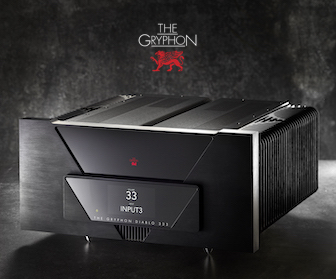
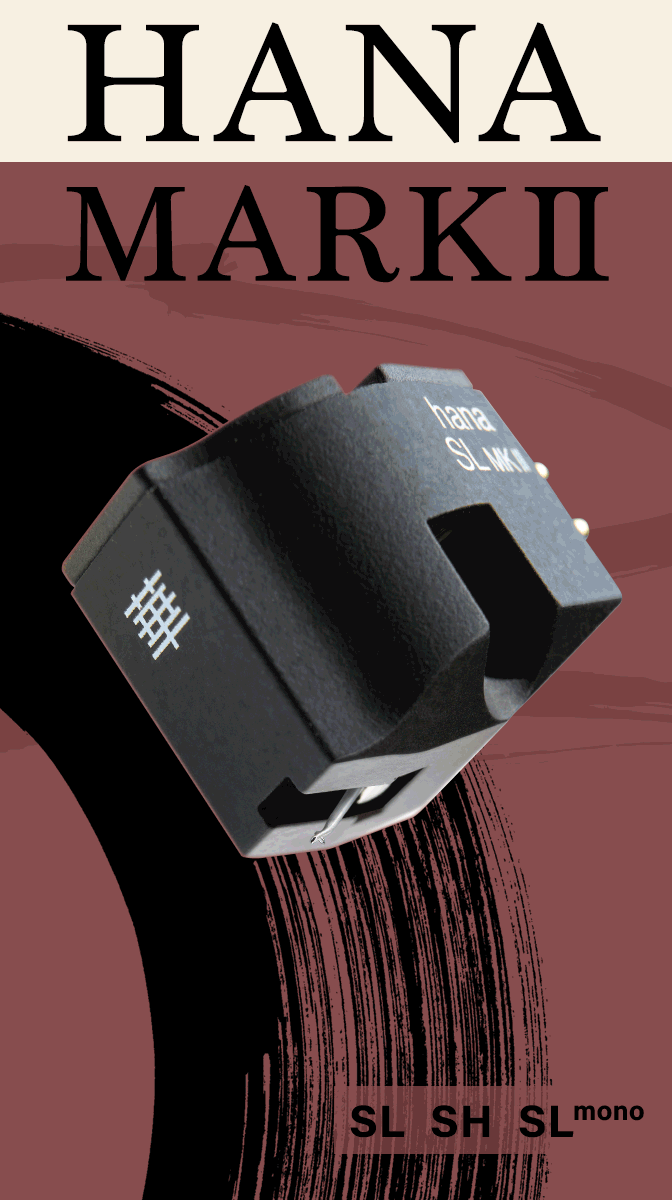


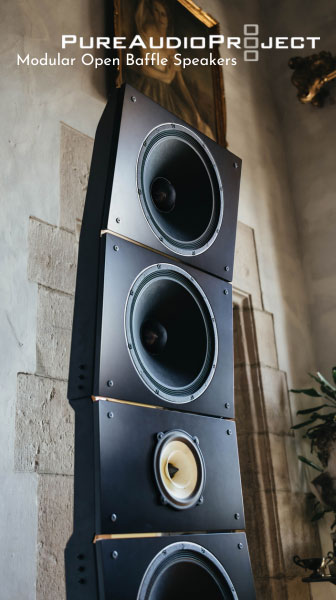






.png)








